
Inflation has been an undeniable force in recent years, casting a long shadow over our daily lives. While its effects are felt across various sectors, perhaps nowhere is its impact more acutely noticed and personally frustrating than in the aisles of our local grocery stores. The rising prices for food and other essentials can place a significant and sometimes overwhelming strain on household budgets, forcing many to make difficult choices about what they can afford to put on their tables.
Yet, the challenge isn’t merely about higher sticker prices; it’s about a complex web of factors subtly and persistently eroding our purchasing power. As Stephen Kates, a financial analyst at Bankrate, rightly points out, the feeling of these increases is “very visceral” compared to expenses like car insurance that are updated annually. Many of the ways inflation targets our grocery bills are less obvious, operating behind the scenes to reduce value or inflate costs in unexpected areas.
To navigate this challenging economic landscape, understanding these underlying mechanisms is paramount. This in-depth look explores the multifaceted and often hidden ways inflation continues to impact your grocery bill, empowering you with the knowledge needed to make more informed decisions and reclaim some control over your food spending. Let’s delve into the first seven of these surprising impacts.
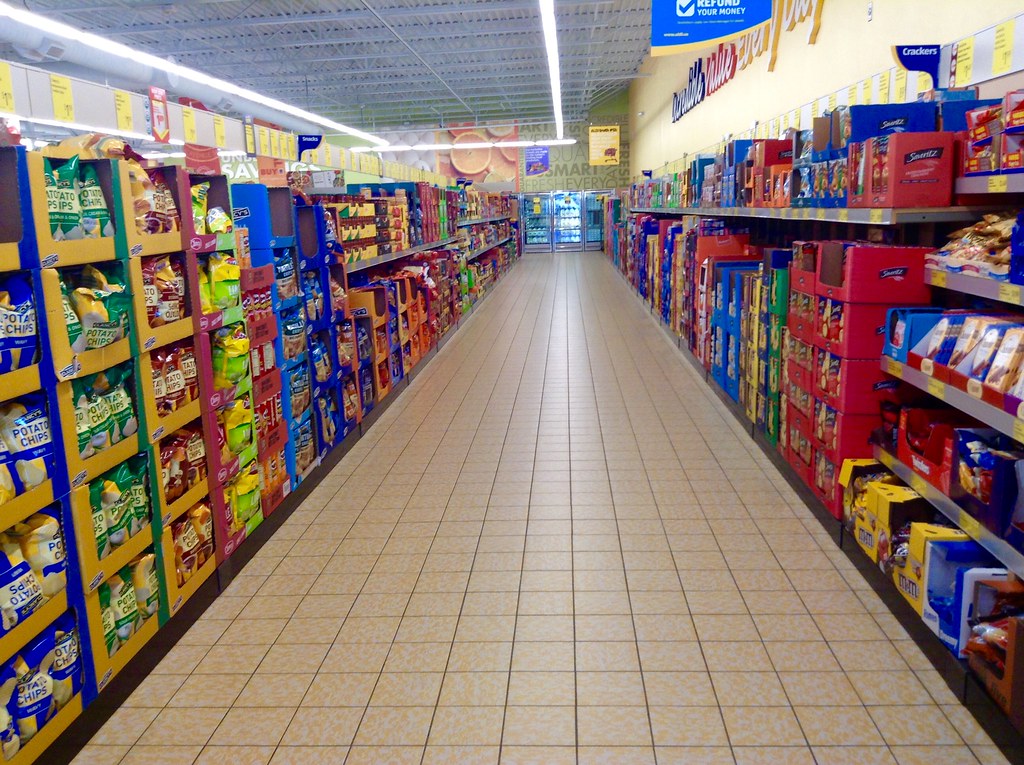
1. **Shrinking Product Sizes (Shrinkflation)**One of the most insidious and frustrating ways inflation hits your grocery bill is through a phenomenon aptly termed “shrinkflation.” This is a cunning tactic employed by manufacturers where they subtly reduce the size or quantity of a product while either keeping the price the same or, in some cases, even raising it. Shoppers might find themselves buying a bag of chips with fewer ounces than before or a cereal box that appears identical but contains less product, yet the cost remains stubbornly unchanged or has even crept up.
This practice is not an oversight; it’s a deliberate strategy. Companies leverage shrinkflation as a method to pass on their rising production costs without overtly hiking the visible price tag on the shelf. By making a product smaller rather than more expensive, they hope consumers will be less likely to notice the price-per-unit increase. It’s a subtle way of protecting profit margins in an inflationary environment, shifting the burden onto the unsuspecting consumer.
The impact on consumers is tangible: you are effectively paying the same, or more, for less product, thus receiving diminished value for your hard-earned money. This erosion of value can add up significantly over time, especially across a basket of regularly purchased goods. A recent study highlighted the prevalence of this issue, indicating that approximately one-third of 100 grocery store items tracked had already been impacted by shrinkflation, underscoring its widespread nature.
To combat shrinkflation, it’s crucial for shoppers to be vigilant. Always check the unit price (price per ounce, pound, or item) rather than just the overall package price. This simple habit can reveal which products offer the best value, even if the package size has changed, helping you make smarter purchasing decisions and resist the hidden price hikes of shrinkflation.
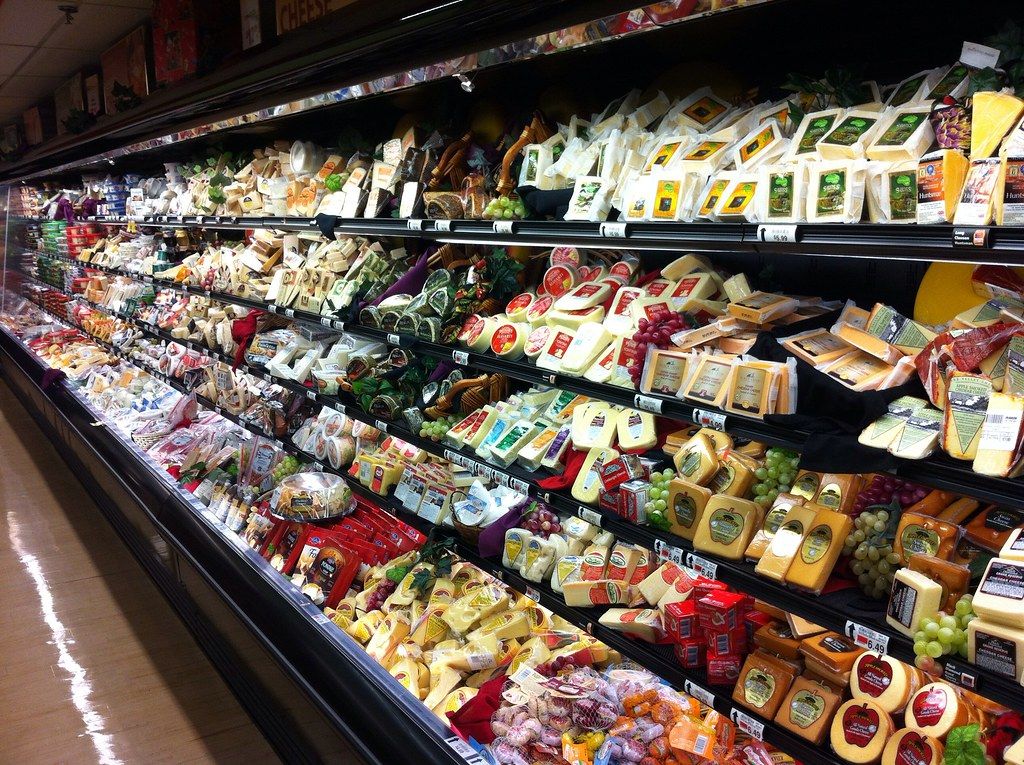
2. **Increased Packaging Costs**Beyond the ingredients themselves, inflation casts a wide net, significantly affecting the cost of the materials used to package our food. The manufacturing of cardboard, plastic, and aluminum, essential components for nearly all packaged goods, has become notably more expensive due to inflationary pressures across various industrial sectors. This surge in material costs is not absorbed by manufacturers alone; it inevitably translates into higher prices for consumers.
Consider the ubiquitous items in your pantry and refrigerator. Even products that seem straightforward, like canned vegetables or bottled beverages, are now subject to these amplified packaging expenses. The cost of the metal can, the plastic bottle, or the cardboard carton adds a hidden layer of expense to the final price you pay, making seemingly basic items pricier than they once were. It’s a cost many shoppers don’t immediately factor in but one that profoundly influences their grocery bill.
This inflationary ripple effect underscores how interconnected the global supply chain truly is. From the raw materials to the finished product, every stage of production and preparation is susceptible to rising costs. Consequently, the humble packaging, often taken for granted, plays a surprisingly significant role in the overall escalation of your grocery expenses, adding another layer to the financial squeeze families are experiencing.
Understanding that these increased packaging costs are a genuine contributor to higher grocery bills can help consumers appreciate the full scope of inflation’s impact. While it’s difficult to avoid packaged goods entirely, being aware of this factor encourages a more holistic view of product pricing and the myriad elements that contribute to it.
Read more about: Volkswagen ID.4 vs. Chevrolet Bolt EUV: An Unbiased, Data-Driven Evaluation for Smart EV Shoppers
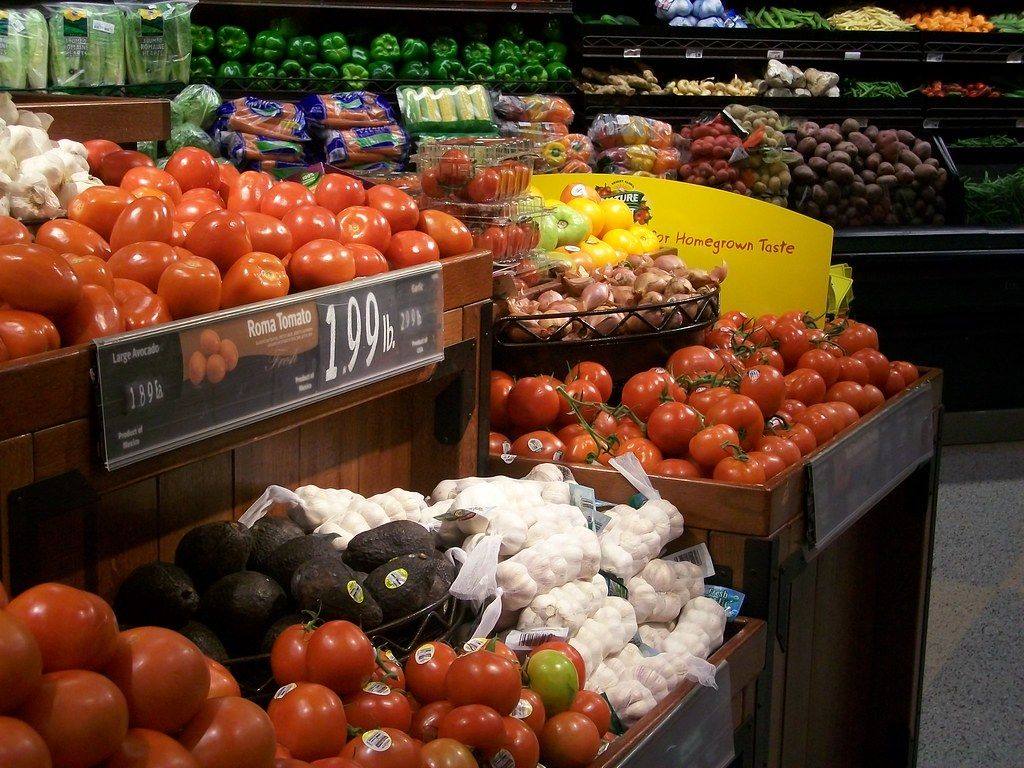
3. **Higher Transportation and Fuel Costs**The journey from farm to fork is a complex logistical dance, and transportation is its critical backbone. Every item in your grocery cart, whether fresh produce from a local farm or exotic fruits from across the globe, relies on a vast network of trucks, trains, and ships to reach the store shelves. This intricate system is highly sensitive to the fluctuations in fuel prices, creating a direct and unavoidable link between gas and diesel costs and your food bill.
As fuel prices surge, the operational costs for transporters—from independent truckers to large logistics companies—skyrocket. These increased expenses for gas and diesel are not merely absorbed by the transportation sector; they are systematically passed along the supply chain. Grocery stores, in turn, integrate these higher shipping costs into their pricing models, meaning consumers ultimately bear the brunt in the form of elevated prices at checkout.
This direct correlation highlights how external economic factors, such as geopolitical events affecting oil prices or shifts in global demand, can almost immediately manifest as higher grocery costs. Even a seemingly small increase at the pump can ripple through the entire food supply network, adding incremental but persistent pressure to food prices across the board. The efficiency of transportation is paramount, and any disruption or cost increase here has a far-reaching effect on the affordability of our food.
The impact extends beyond just long-haul journeys. Local deliveries from distribution centers to individual stores also incur higher fuel expenses. This means that regardless of where your food originates, the cost of getting it to your local supermarket is now a more significant component of its final price, making mindful shopping for local and seasonal items potentially more beneficial than ever.
Read more about: Beat the Squeeze: 15 Practical Money-Saving Tips to Outsmart Rising Inflation
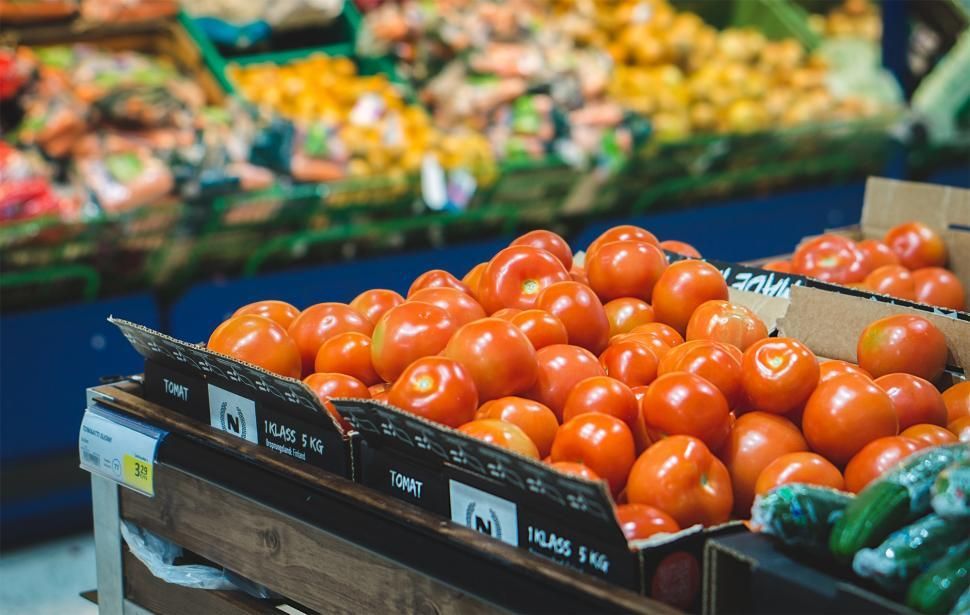
4. **Labor Shortages Driving Up Costs**Our food system is inherently labor-intensive, relying on a vast workforce across multiple stages: from planting and harvesting on farms, through processing and packaging in factories, to stocking shelves and assisting customers in retail stores. Recent economic shifts have led to notable labor shortages in these critical sectors, creating another significant inflationary pressure that directly impacts your grocery bill.
When there aren’t enough workers to fill essential roles, businesses are compelled to increase wages and offer more competitive benefits to attract and retain staff. This necessary investment in human capital, while beneficial for workers, contributes to higher operational costs for food producers, processors, and retailers. These elevated labor expenses cannot simply be absorbed; they are invariably reflected in the prices consumers see on grocery store shelves.
This effect is particularly pronounced in products that require extensive manual handling and processing. Fresh produce, for instance, often involves considerable labor for picking, sorting, and packing, making it highly susceptible to increased labor costs. Similarly, the preparation and handling of various meat products are labor-intensive, leading to significant price increases in these categories. Consumers are, in essence, paying more for the human effort involved in bringing food to their plates.
The broader implication is that the cost of doing business has risen across the food industry, and this rise is systematically passed down to the end-consumer. Recognizing the role of labor costs helps to understand why everyday staples, especially those requiring significant human intervention, have seen their prices climb steadily, adding another layer to the complex inflationary environment affecting our grocery budgets.
Read more about: Navigating the Surge: 12 Key Reasons Your Car Insurance Rates Are Skyrocketing in Today’s Market
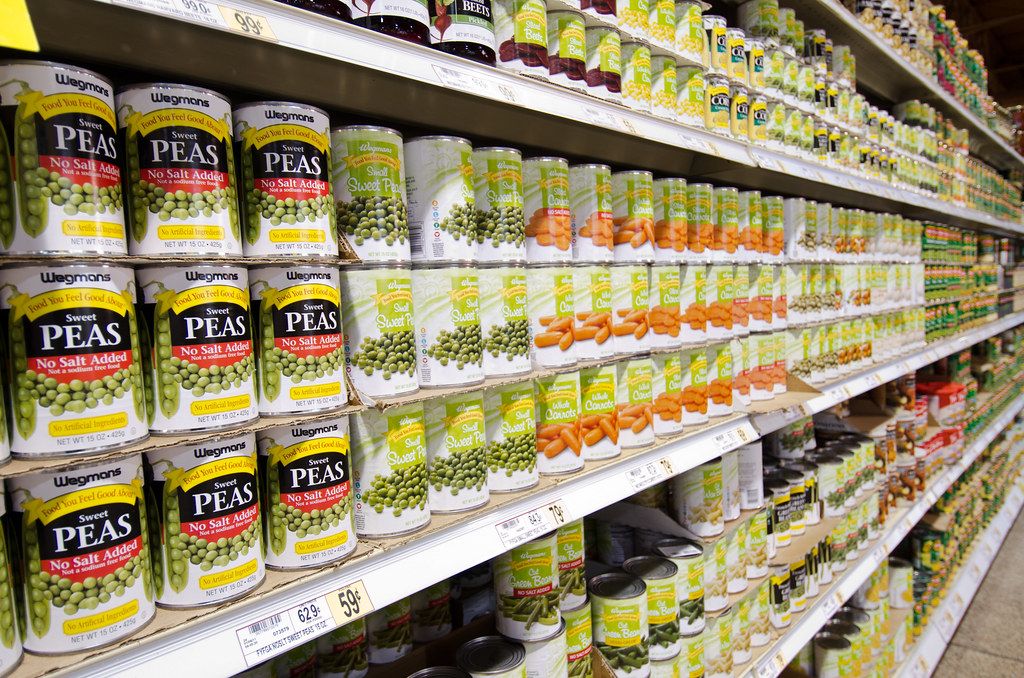
5. **Imported Goods Cost More**For many of us, staples like coffee and tea, or indulgent tropical fruits, are integral to our daily routines. However, the prices of these and other imported goods have been particularly vulnerable to inflationary pressures. Their journey to our grocery shelves involves navigating not only domestic economic challenges but also global economic conditions, exchange rate fluctuations, and intricate international supply chains, all of which are feeling the pinch of inflation.
Inflationary pressures in other countries directly impact the cost of goods produced there. When a country that produces our coffee or tea experiences its own rising costs for labor, raw materials, or energy, those higher expenses are reflected in the export price. Compounding this, the cost of shipping these goods across oceans has surged significantly. Global supply chain disruptions, exacerbated by rising fuel prices for cargo ships and increased demand for shipping capacity, have made international transport much more expensive.
The confluence of these factors means that items sourced from abroad are becoming considerably pricier. Consumers are effectively paying for the added layers of cost incurred through international production, procurement, and transport. This makes enjoying a daily cup of imported coffee or a fresh tropical fruit a more substantial investment than it used to be, impacting budgets in ways that feel distant yet are very real.
Understanding the global nature of food sourcing helps to explain why certain items, seemingly unrelated to local economic woes, are also seeing sharp price increases. It underscores how global economic health and logistical efficiency play a crucial role in the diversity and affordability of our grocery baskets, highlighting the hidden costs of our interconnected world.
Read more about: Echoes of Industry: Unearthing 12 American Factories That Shaped Blue-Collar Towns, Now Rarely Hiring
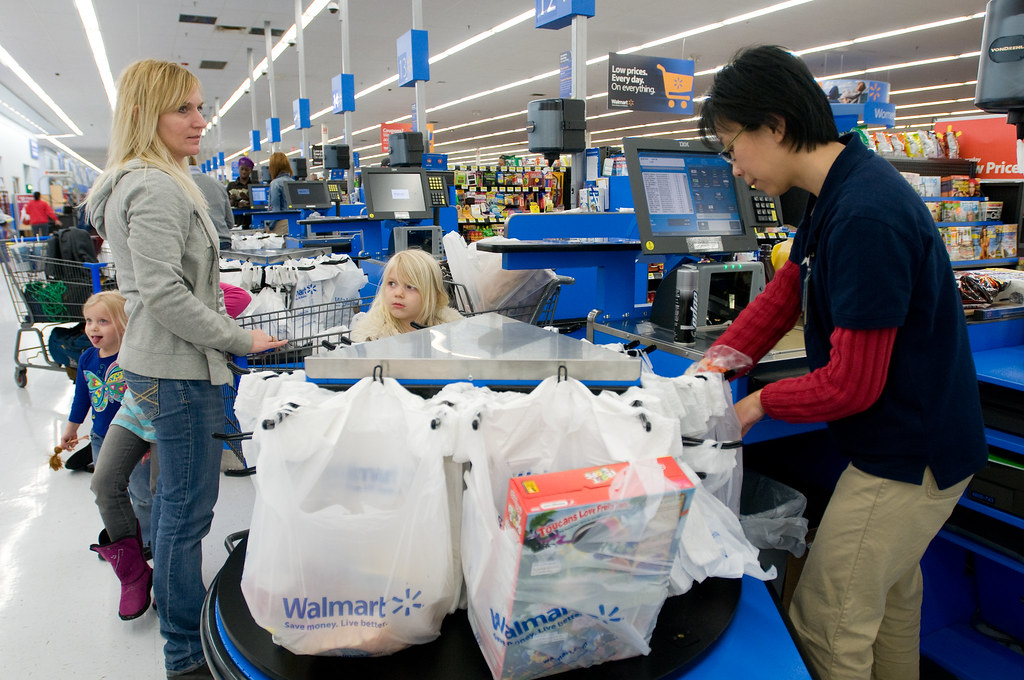
6. **Rising Commodity Prices**At the foundation of countless food products are essential agricultural commodities like wheat, corn, and soybeans. These foundational ingredients are not only used directly in basic foodstuffs but also serve as key components in animal feed, biofuels, and a vast array of processed foods. In recent years, the prices of these critical commodities have surged dramatically, creating a ripple effect throughout the entire food industry and directly impacting grocery bills.
When the cost of wheat rises, it directly affects the price of bread, pasta, and baked goods. An increase in corn prices translates to higher costs for corn-based products, corn syrup used in many processed foods, and feed for livestock, which then impacts meat and dairy prices. Similarly, surging soybean prices affect cooking oils, various processed foods, and animal feed. This fundamental increase in raw material costs is a significant driver of overall food inflation.
Manufacturers and food producers, facing higher input costs for these commodities, have no choice but to pass these expenses on to consumers. This means that from the simplest loaf of bread to complex snack foods and ready-to-eat meals, the inflationary pressures on commodity markets are embedded in the final price. It’s a foundational increase that touches nearly every aisle of the grocery store, making it a pervasive and often unseen factor in rising expenses.
Consumers might not directly purchase raw commodities, but their prices dictate the cost of a vast proportion of their food. Staying informed about commodity market trends can offer insights into future grocery price movements, helping households anticipate and adapt to upcoming budget pressures. This hidden driver of inflation reminds us how global agricultural conditions directly influence our weekly shopping.
Read more about: Beyond the Gleam: Unpacking the Enduring Allure of Classic Cars and the Resurgence of Automotive Heritage Shows

7. **Processed Foods Becoming Pricier**For many busy households, processed and prepackaged foods offer unparalleled convenience, providing quick meals and easy snack options. However, this convenience now comes at a significantly higher price, as processed foods have experienced some of the steepest price hikes in the inflationary environment. The very nature of these products, which combine multiple ingredients and undergo extensive manufacturing processes, makes them particularly vulnerable to a cascade of rising costs.
The production of processed foods requires a complex mix of raw materials, many of which are derived from the aforementioned commodities. As raw material costs increase, so does the base price of these items. Add to this the escalating expenses for specialized packaging, the higher transportation costs for both ingredients and finished products, and the increased labor costs throughout the manufacturing and distribution chain, and you have a perfect storm for price escalation.
Items such as frozen dinners, canned soups, breakfast cereals, and packaged snacks are composite products, meaning they are affected by inflation at every stage of their creation. Each component cost—from the grain to the seasoning, from the plastic tray to the cardboard box, and every hand that touches it—contributes to the final price. The convenience they offer has become a premium that consumers are increasingly paying for, stretching budgets further for ready-to-eat options.
While the allure of quick and easy meals remains strong, the soaring prices of processed foods serve as a stark reminder of inflation’s broad impact. Shoppers seeking to mitigate these higher costs might consider exploring more home-cooked meals using basic, less-processed ingredients, which could offer better value in the current economic climate and help regain control over this segment of their grocery spending.
Read more about: 12 Smart Buys for Caffeine Lovers: Uncovering Undervalued Coffee Roasters for Your Morning Brew
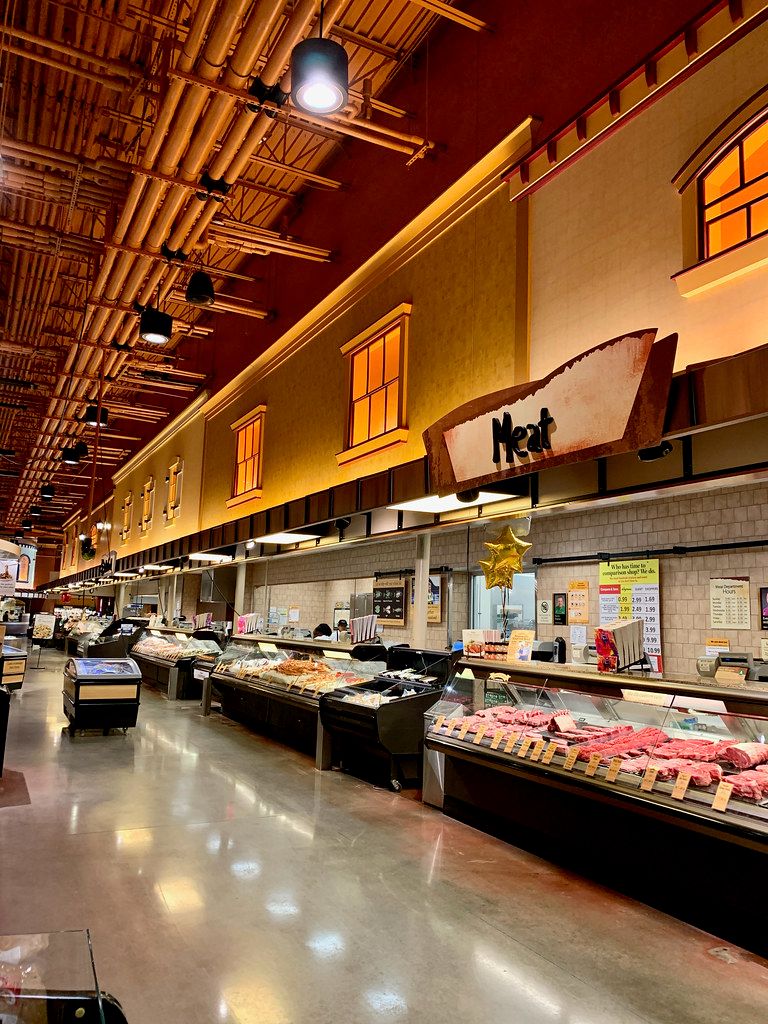
8. **Increase in Fresh Produce Prices**Even the freshest items in our grocery carts, the vibrant fruits and vegetables we rely on for healthy eating, are not immune to the relentless march of inflation. Shoppers are finding that the cost of produce has been steadily climbing, often faster than other categories. This upward trend is driven by a confluence of factors unique to the agricultural sector, making it harder for families to maintain a balanced diet without stretching their budgets.
One significant driver behind soaring produce prices is labor shortages within the farming industry. From planting to harvesting, sorting, and packing, fresh produce relies heavily on human labor. When there aren’t enough workers, or when wages must be increased to attract and retain staff, these higher labor costs are directly reflected in the price you pay at the supermarket. It’s a foundational cost that permeates the entire fresh food supply chain.
Furthermore, climate-related disruptions, such as droughts, floods, and unseasonable weather, play a critical role in reducing yields and increasing growing costs. These unpredictable environmental challenges directly impact the supply of fresh produce, and when supply dwindles, prices inevitably rise. Add to this the persistent burden of higher transportation costs, as fruits and vegetables often travel long distances from farm to table, and the result is a significant financial squeeze on these essential items.
Specific categories, such as seasonal items and organic fruits and vegetables, have become noticeably more expensive. This leaves consumers with fewer truly affordable options for healthy eating. To counteract this, consider “buying from local farmers and community supported agriculture programs, sticking to what’s in season, or choosing frozen over fresh” — strategies that can help you save money on produce while still enjoying nutritious foods.
Read more about: Why the Porsche 911 (997) Reigns as the Ultimate Modern Classic: A Deep Dive for Enthusiasts

9. **Meat and Dairy Price Increases**The staple categories of meat and dairy, often central to family meals, have also experienced substantial price increases under the shadow of inflation. These sectors face a unique set of challenges that contribute to their elevated costs, making beef, chicken, pork, milk, and cheese significantly pricier than they once were. For many households, managing these rising costs requires careful planning and strategic shopping.
A primary factor is the soaring cost of feed for livestock. Essential commodities like corn and soybeans, which serve as crucial animal feed, have seen dramatic price surges. When it costs more to feed the animals, those expenses are ultimately passed down to the consumer through higher meat and dairy prices. This foundational input cost creates a direct link between commodity markets and your protein and dairy budget.
Beyond feed, processing expenses and transportation costs also play a critical role. The journey from farm to processing plant, and then to your local grocery store, involves significant logistical outlays. As fuel prices and labor costs rise, so do the expenses associated with slaughtering, packaging, and distributing meat and dairy products. These amplified operational costs are embedded in the final price tag you see.
Additionally, factors like droughts and broader supply chain disruptions have led to reduced production in some areas, further tightening supply and driving up costs. This delicate balance of supply and demand means that any disruption can quickly translate into higher prices. For families looking to cut back, reducing meat consumption by “going meatless a day or two a week and turning to cheaper alternatives, like beans and lentils,” can have a significant impact on your grocery bill, as meat tends to be one of the more expensive items.
Read more about: Fueling Clarity: The 12 Snacks CEOs Absolutely Avoid for Sharp Decision Making and Energy
10. **High Prices for Pet Food**Inflation’s reach extends beyond human consumption, silently impacting the budgets of pet owners as well. For many, pets are cherished family members, and providing them with nutritious food is a non-negotiable expense. However, pet food prices are soaring, mirroring the trends seen in human food categories and adding another layer of financial pressure to households.
The same inflationary factors that affect our food supply directly influence pet food production. Ingredients like meat, grains, and specialty additives all cost more due to rising commodity prices, labor shortages, and increased transportation expenses. Manufacturers of pet food face the same rising input costs as human food producers, and these are inevitably passed on to consumers.
Furthermore, the increased packaging costs for pet food bags and cans contribute to the overall price hike. Just like human-grade products, the materials used for pet food packaging have become more expensive due to inflationary pressures on cardboard, plastic, and aluminum production. This often-overlooked cost element adds another layer to the rising expense of feeding your furry companions.
Pet food that contains high-quality ingredients, such as salmon or organic grains, is particularly subject to inflationary pressures, as these components already carry a premium. For pet owners, this means that providing specialized or premium diets for their animals has become a significantly larger financial commitment, underscoring how broadly inflation affects household expenses, even those for our beloved pets.
Read more about: How to Negotiate the Best Deal on a New Car: 15 Tactics Dealers Don’t Want You to Know

11. **Store Brand Prices Rising**For years, store brands have been the reliable haven for budget-conscious shoppers, offering a more affordable alternative to national brands. These private-label products, typically found at a lower price point, allowed families to save money without necessarily sacrificing quality. However, even this traditional buffer against high costs is now eroding as inflation continues its relentless ascent.
Store brands are no longer immune to the pervasive effects of inflation. Grocery stores themselves face the same rising costs for ingredients, packaging, transportation, and labor as national brand manufacturers. As their operational expenses increase, they are compelled to raise the prices of their own store-brand products to maintain profitability, much like their branded counterparts.
Consequently, shoppers are finding that the price gap between store brands and name brands is narrowing. What was once a significant saving opportunity is becoming less pronounced, forcing consumers to re-evaluate their purchasing strategies. The traditional wisdom of “choosing store brands over name brands” still holds value, as store brands can still cost “about 5% to 72% less per serving than name-brand products” according to a 2022 blind test, but the savings aren’t as dramatic as they used to be.
This shift means that while opting for generic or store-brand products, as “about 56% are buying generic or store-brand products,” remains a smart move, consumers need to be more vigilant about comparing unit prices across all options. The landscape of grocery savings is changing, and staying informed about these subtle shifts is crucial for managing your budget effectively.
Read more about: Unveiling the True Cost of Ownership: 15 Shocking Repair and Maintenance Expenses for the Land Rover Defender

12. **More Price Volatility**One of the most unsettling aspects of current inflationary pressures on groceries is the increasing price volatility of everyday items. What once seemed stable and predictable from week to week is now subject to sudden and sometimes drastic price swings. This unpredictability makes meal planning and budgeting far more challenging, as the cost of staple goods can fluctuate unexpectedly.
This increased volatility stems from inflation impacting nearly every facet of the food supply chain, creating a more fragile and reactive market. Any disruption or cost increase—whether it’s a surge in fuel prices, a spike in animal feed costs, or an unforeseen hiccup in production—can almost immediately translate into a price adjustment on the shelf. This means that prices are not only generally higher but also less consistent.
Consider items like eggs and dairy products, which have been noted to “see wild price swings based on fuel prices, feed costs, or disruptions in production.” This rapid fluctuation makes it difficult for consumers to anticipate their weekly spending, often leading to unexpected increases at checkout. The era of stable pricing, where you could count on a particular item costing roughly the same amount for extended periods, seems to be a thing of the past.
To navigate this turbulent pricing environment, a proactive approach is key. Comparing store prices on their websites and apps, and trying to “time specific purchases when they’re on sale,” can help mitigate the impact of sudden price changes. Maintaining flexibility in your meal planning and being ready to substitute items based on current deals can also empower you to manage this new level of price uncertainty.
Read more about: Fueling Clarity: The 12 Snacks CEOs Absolutely Avoid for Sharp Decision Making and Energy
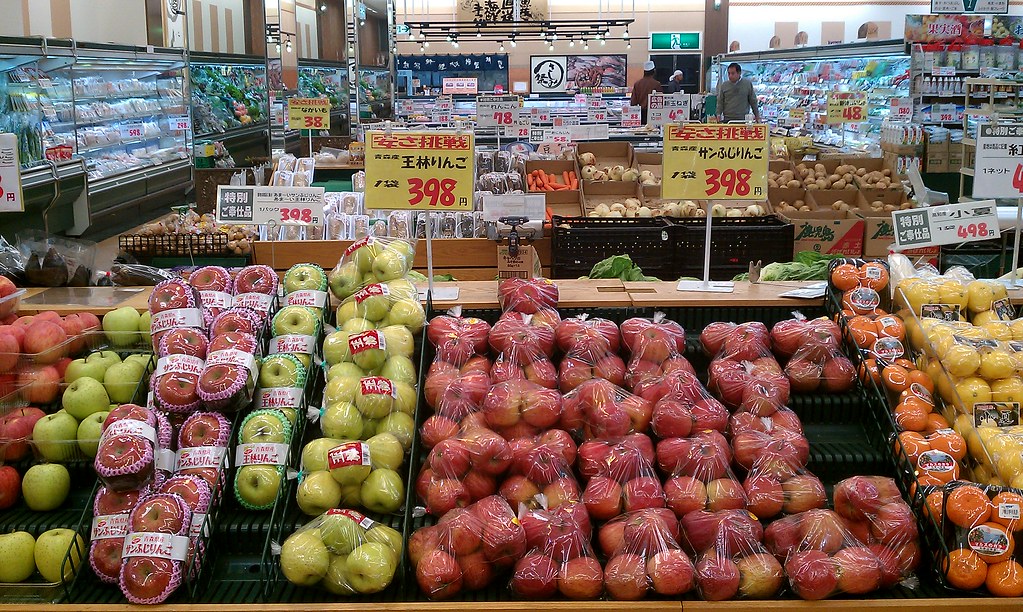
13. **Steep Increase in Premium Product Pricing**For consumers who prioritize specific qualities in their food, such as organic, non-GMO, or gluten-free, inflation has delivered an even harder blow. These premium products, which already command a higher price tag due to more costly production processes and specialized sourcing, are now seeing even steeper price hikes than their conventional counterparts. This trend is making them increasingly less accessible to the average consumer.
The inherent nature of premium products means they are often more sensitive to inflationary pressures across the supply chain. Organic farming, for instance, typically involves more labor-intensive practices and specialized inputs, which become significantly more expensive when inflation takes hold. Similarly, certifications for non-GMO or gluten-free status add layers of cost that are magnified in an inflationary environment.
When raw material costs, transportation, and labor expenses all climb, the additional costs associated with these specialized production methods escalate even faster. This creates a compounding effect, pushing the final retail price of premium goods to levels that many households simply cannot afford. It forces consumers to make difficult choices between their preferred product attributes and their budget constraints.
This disproportionate increase in premium product pricing means that accessing healthier, environmentally friendly, or allergy-conscious options is becoming a luxury for more families. For those who rely on these products for dietary or health reasons, the strain on their grocery budget is profound. Shoppers must carefully weigh the benefits against the rapidly rising costs, perhaps exploring less-processed, conventional alternatives to stretch their dollars further.
Read more about: Unveiling the True Cost of Ownership: 15 Shocking Repair and Maintenance Expenses for the Land Rover Defender
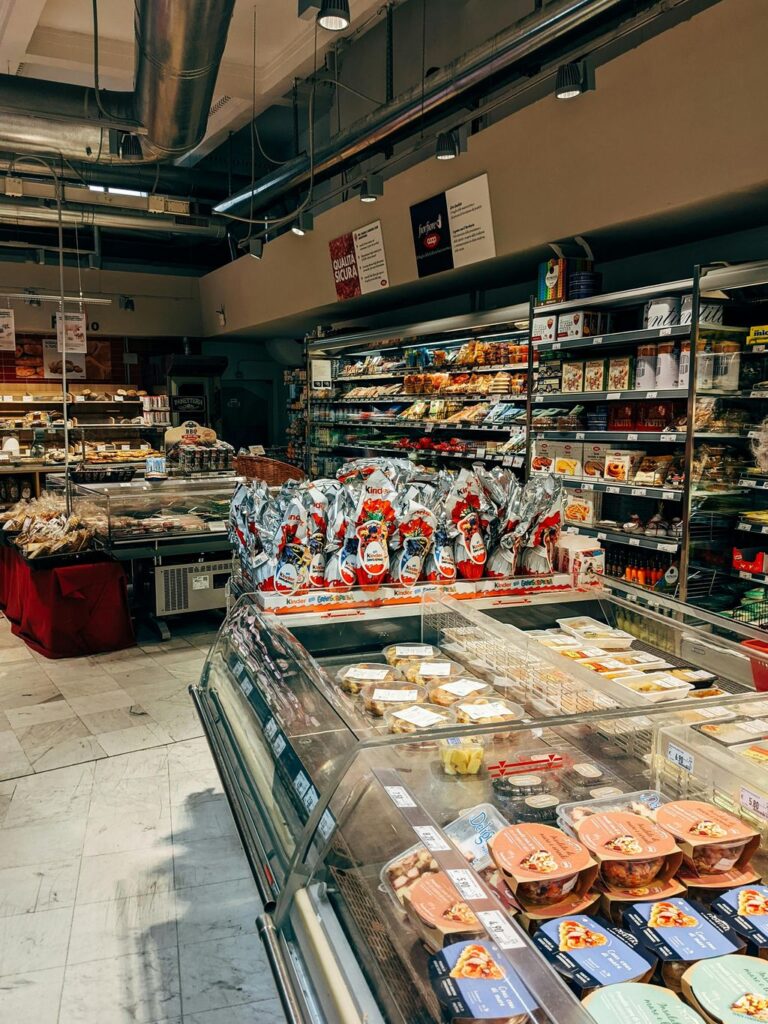
14. **Fewer Promotions**In an effort to protect their profit margins against rising operational costs, grocery stores are increasingly reining in promotional activities, leading to “fewer promotions, discounts and sales” for consumers. For years, savvy shoppers relied on weekly circulars, coupons, and buy-one-get-one-free (BOGO) deals to significantly reduce their grocery bills. This traditional method of saving is becoming notably less fruitful.
When retailers face higher expenses across their entire operation—from purchasing goods at inflated prices to covering increased labor and energy costs—they are less willing to cut prices through promotions. Every discount offered eats directly into their already squeezed profit margins. Consequently, the enticing sales events and coupon opportunities that once filled our mailboxes and apps are becoming a rarer sight.
This reduction in promotional opportunities means that shoppers are paying closer to full price more often, effectively negating a key strategy many used to combat rising costs. It places an additional burden on household budgets, as the expectation of regular savings through deals is no longer a reliable reality. The absence of these discounts can quickly add up, making a significant difference in the total checkout cost.
To counteract the impact of fewer promotions, consumers need to be more strategic than ever. While it’s harder to find deep discounts, “joining your local store’s loyalty program” can still help you get additional savings on top of any weekly sales. Additionally, “looking for manufacturer’s coupons” and exploring apps that help you find discounts can provide some relief, even if the overall landscape of promotions has become leaner.
As we’ve explored these fourteen often-hidden ways inflation subtly but relentlessly squeezes your grocery budget, it’s clear that navigating today’s supermarket aisles requires more than just a shopping list. From the shrinking sizes of your favorite snacks to the fluctuating prices of fresh produce and the dwindling availability of enticing promotions, inflation is a complex and pervasive force. It impacts everything from the global supply chain to the very packaging of your food, making every purchase a nuanced financial decision.
Read more about: Mastering Live Streams: Unpacking 13 Key Reasons Your Broadcasts Face Takedowns and How to Stay Online
However, understanding these underlying mechanisms empowers you. It allows you to transform from a passive recipient of rising prices into an active participant in managing your household’s financial health. By implementing smart shopping strategies—whether it’s comparison shopping, meal planning, embracing store brands, or minimizing food waste—you can reclaim a sense of control over your spending. While you can’t control inflation itself, you absolutely can control your response to it, safeguarding your budget and ensuring your family continues to put nutritious food on the table.




